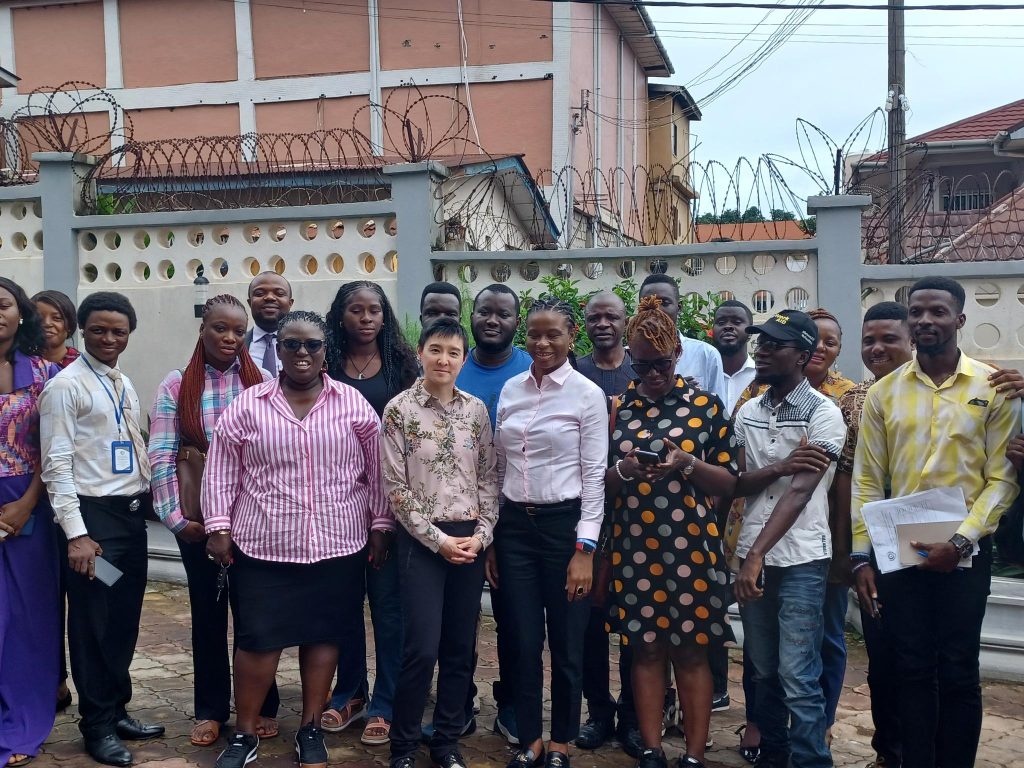Author Preface: As a community organizer, artist and climate policy practitioner with a passion for building healthy and thriving communities for all, I am always seeking new opportunities to collaborate and share practices—and learn new insights along the way. In July 2025, I had the opportunity to travel to Sierra Leone, West Africa, for two weeks to empower government staff, community organizations, activists and journalists with information that could help them better advocate for increased climate policies. Below is a recap of my experience.
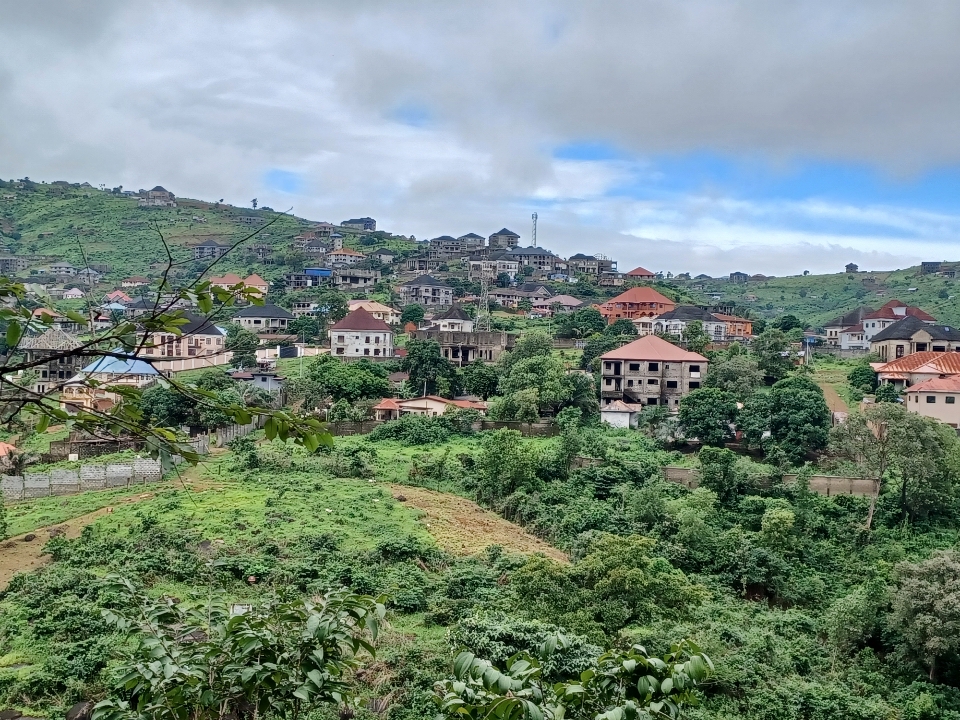
I arrived in Sierra Leone on an early Sunday morning before sunrise. When I stepped off the plane, I was immediately hit with moisture on my face and the smell of wet grass and asphalt in my nose. June through October is West Africa’s rainy season, a time when heavy rains and flooding cause severe impacts on communities and the economy – and why it was the exact time we planned our educational trip. What we didn’t plan, however, was how quickly and forcefully firsthand lessons would come.
During my time in Freetown, Sierra Leon’s capital and a major port city, several rainstorms hit. My host encouraged me to walk through the neighborhoods, particularly those with informal housing, to see how little protection these corrugated metal structures have against rain.
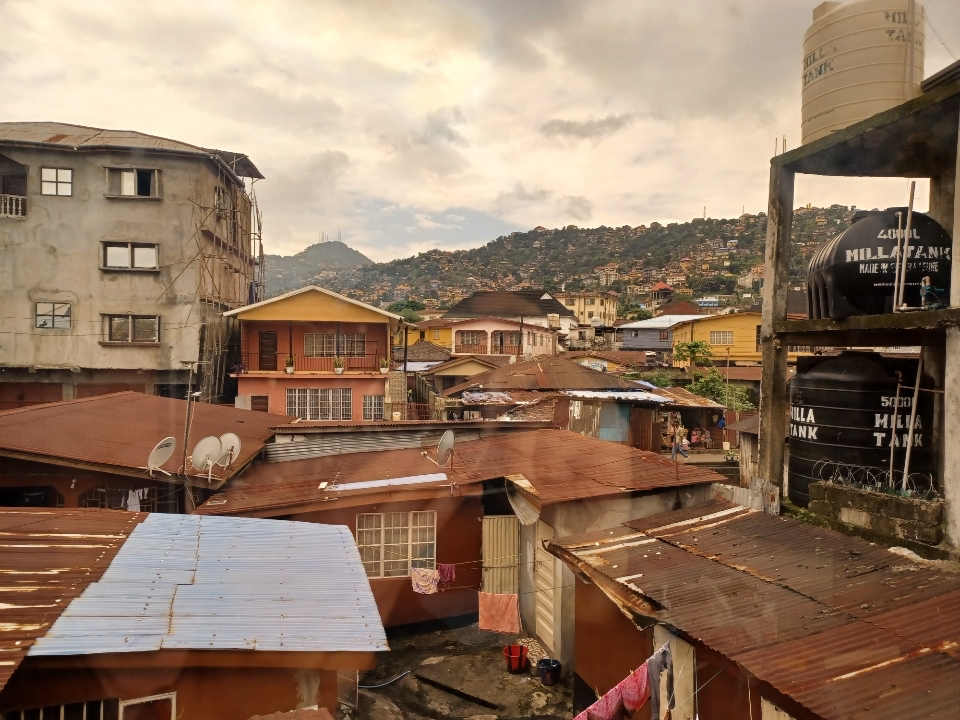
Sierra Leone lacks housing permitting and the ability to stop people from building on unclaimed land, and these settlements often have narrow mud pathways with no drainage. Walking through the neighborhood before and during a light rain, we could see that the rain had soaked the path and even flooded people’s homes.
On the second-to-last night of my trip, a torrential rainstorm hit, turning streets into fast-moving rivers of brown water, knee-deep in places. People waded through with belongings held high, trying to reach safety.
It was surreal to witness, knowing this isn’t a rare event – in fact, it happens every year. And it’s getting worse. Monsoon rains in Sierra Leone are becoming more intense and unpredictable as the climate changes.
In addition to the rainstorms, power outages are very common. Fewer than 40% of Sierra Leoneans have access to electricity, and even those who do experience multiple outages a day, with few being able afford generators. The laptop I brought had everything synced to the cloud, so every day for several hours I would be stuck, unable to work on anything until the power came back on. Sierra Leoneans are adept at working off of their phones and finding other workarounds on paper, but it was a stark contrast to what I was used to in the U.S.
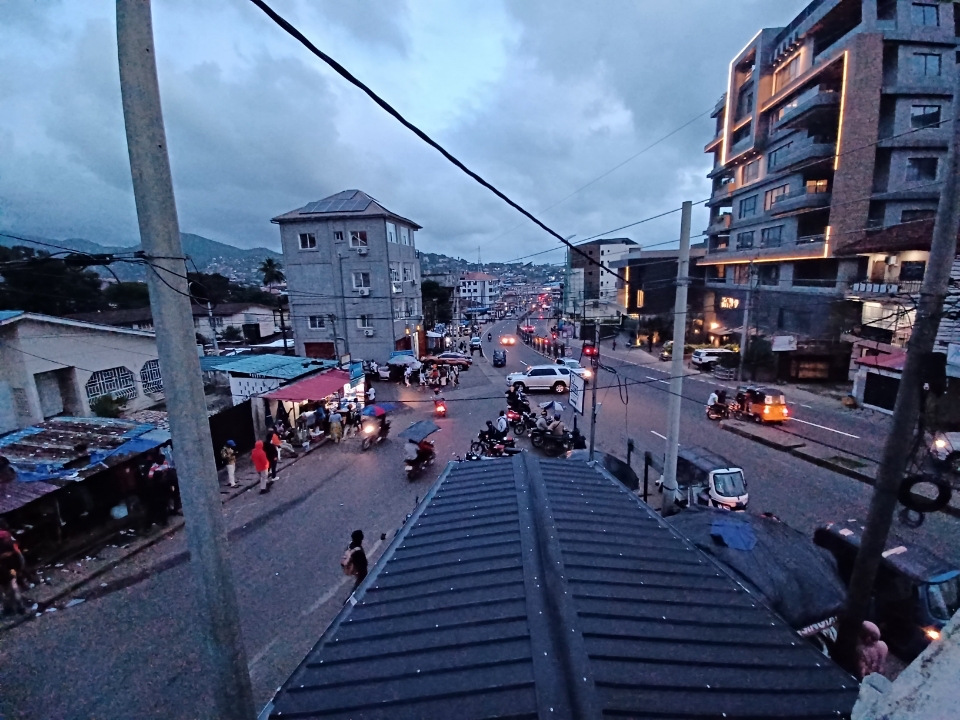
Witnessing these climate- and energy-related events drove home the urgency of why I was there, and the importance of global partnership as we all face the shared threat of climate change together—as one people.
For this trip, I partnered with the Campaign for Human Rights and Development International (CHRDI) to facilitate climate change trainings. As part of their goals for greater accountability and governance for human rights, CHRDI works to equip activists and journalists with the knowledge they need to push for a national climate change framework in Sierra Leone.
To better understand the policy landscape, I met with the mayors and staff of Freetown and Bo, “Bo Town,” the second largest city in Sierra Leone, as well as the president’s climate adviser. The City of Freetown has a climate action plan that identifies major hazards like extreme heat, but for many other cities, like Bo, there can be a lack of technical expertise and resources to assess and develop their own plans.
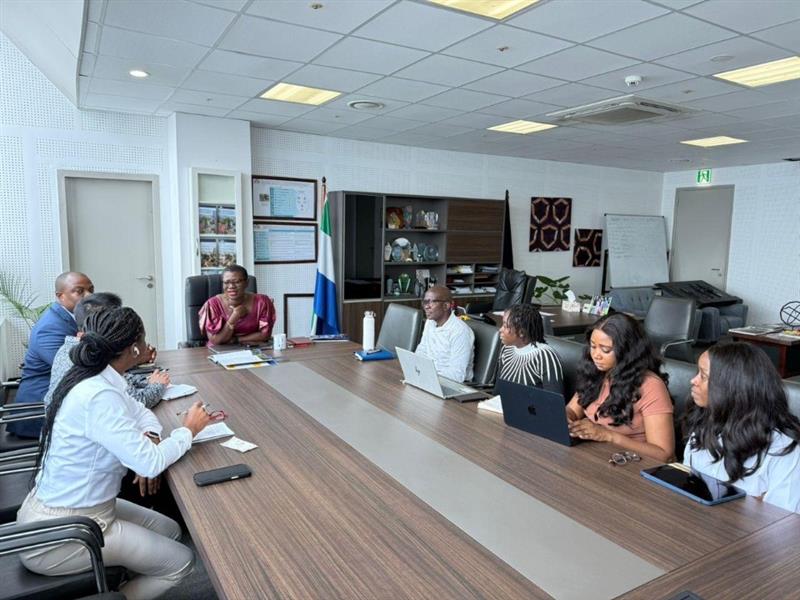
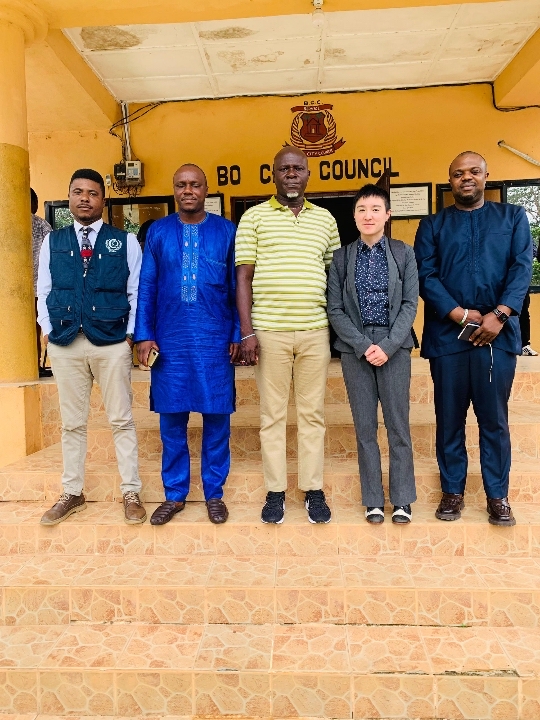
Through CHRDI’s network, I facilitated two days of training for government staff, community organizations, activists and journalists. We used an interactive exercise called the “Game of Extremes,” developed by the Urban Sustainability Directors Network, to simulate climate adaptation planning. Participants role-played stakeholders in the fictional town of Muggytown, which was facing extreme heat, rainstorms and coastal flooding. Their goal was to work together to assess the vulnerabilities of different buildings to these climate impacts and identify a priority list of locations to protect with a limited budget. Participants highlighted the importance of centering community voices in the decision-making process, especially those most at risk. These opportunities for collaboration provided a deeper look into how to make community-centered decisions no matter where you live.
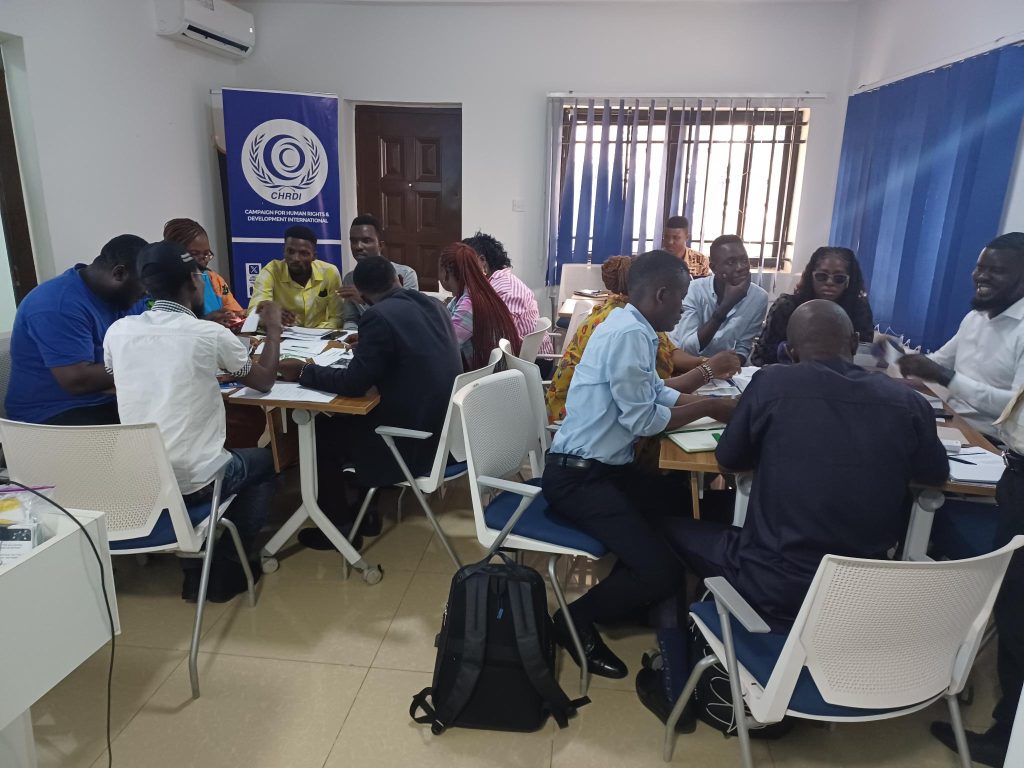
During meetings with CHRDI, I shared examples from California’s climate legislation and resources from the Governor’s Office of Land Use and Climate Innovation, including the California Adaptation Planning Guide and Climate Resilience Plan Alignment Toolkit, both of which could help Sierra Leone develop its own frameworks.
We also explored the California Strategic Growth Council’s Partners Advancing Climate Equity (PACE) Curriculum as a more in-depth resource for training community-based organizations and guiding community-led needs assessments and action plans. The work drew national attention in Sierra Leone, prompting radio and television coverage.
The difference in baselines between Sierra Leone and the U.S. struck me during the Game of Extremes. In one group’s scenario, Muggytown’s wastewater treatment plant was lost to flooding. And while this might be seen as a disaster in the U.S., one participant remained unphased by this in her report-out. The City of Freetown had only recently completed its first wastewater treatment plant, underscoring the fact that for many Sierra Leoneans, living without a wastewater treatment plant is not out of the ordinary.
It was a humbling and invaluable experience to be there and witness the great need and the immense determination of all attendees. I came away inspired by the passion and will of people wanting to catalyze change.
I was originally slated to travel to Sierra Leone through the U.S. Fulbright Specialist Program. When the project lost funding after federal climate priorities shifted earlier this year, I decided to make the trip anyway. And I’m grateful I did. The conversations and connections made reaffirm why this work matters and how there is so much more to do!
